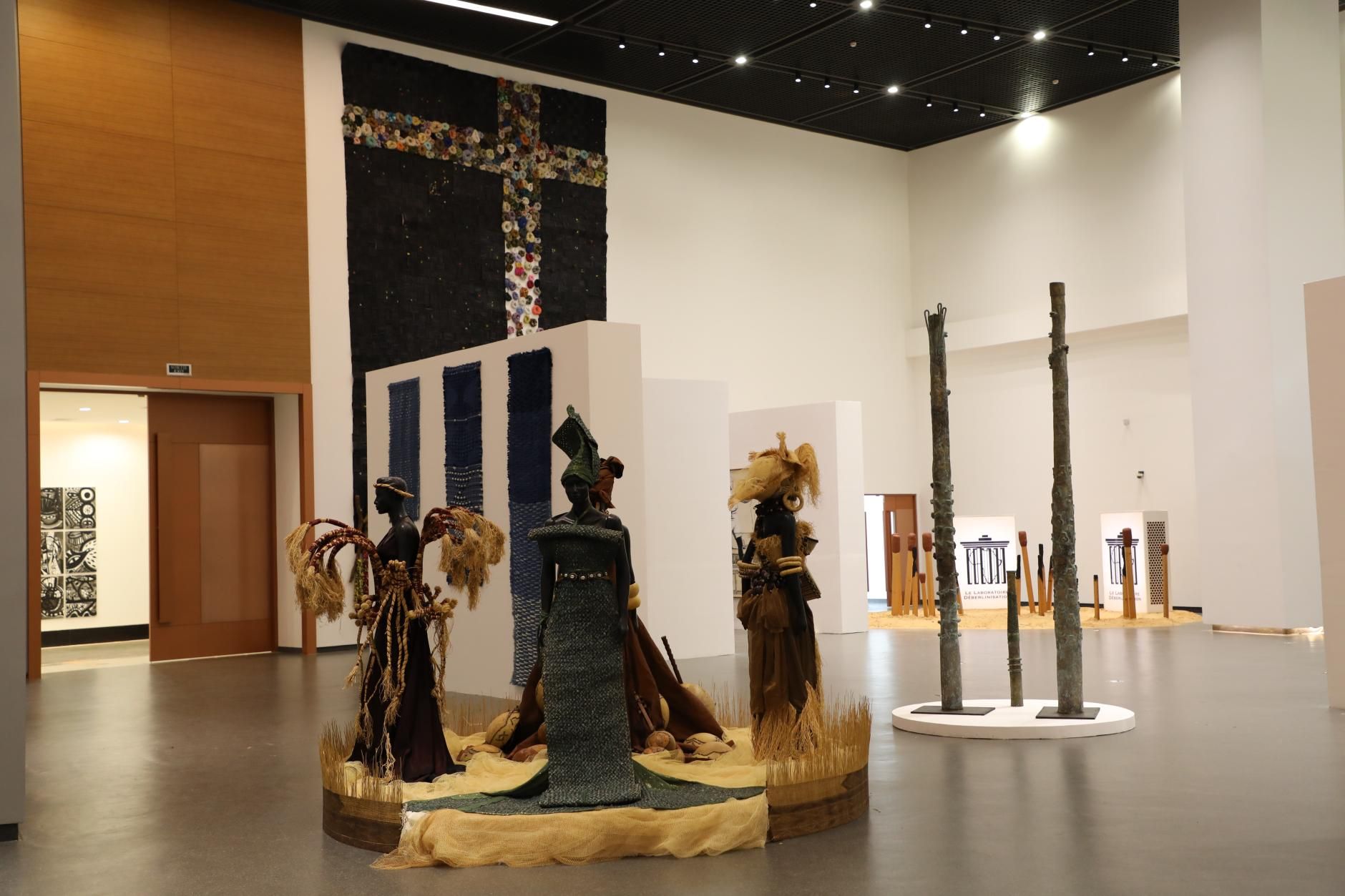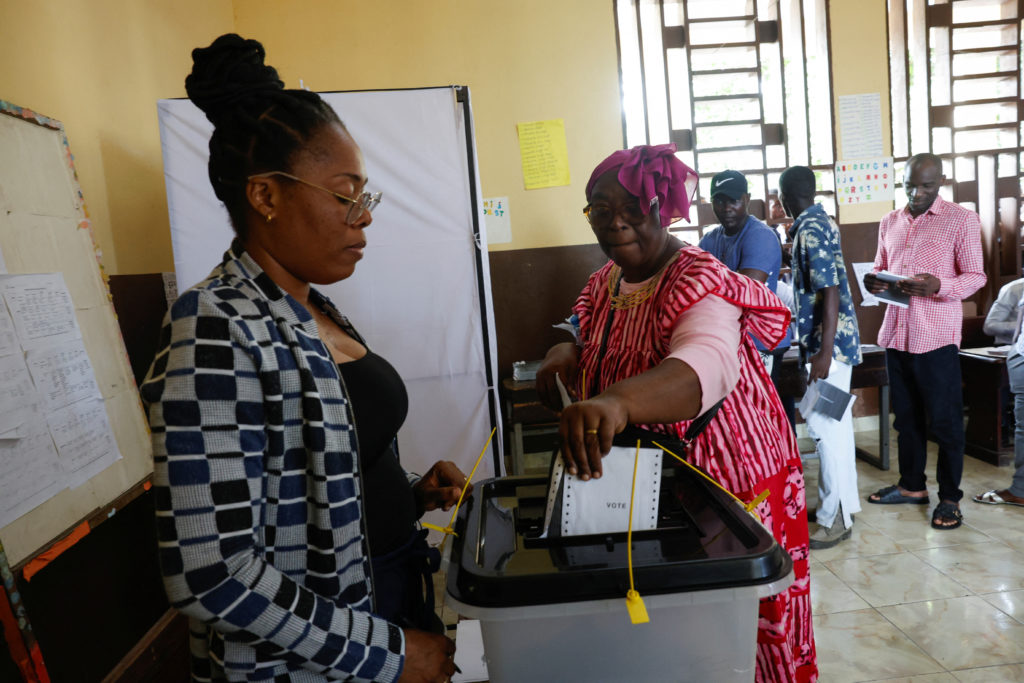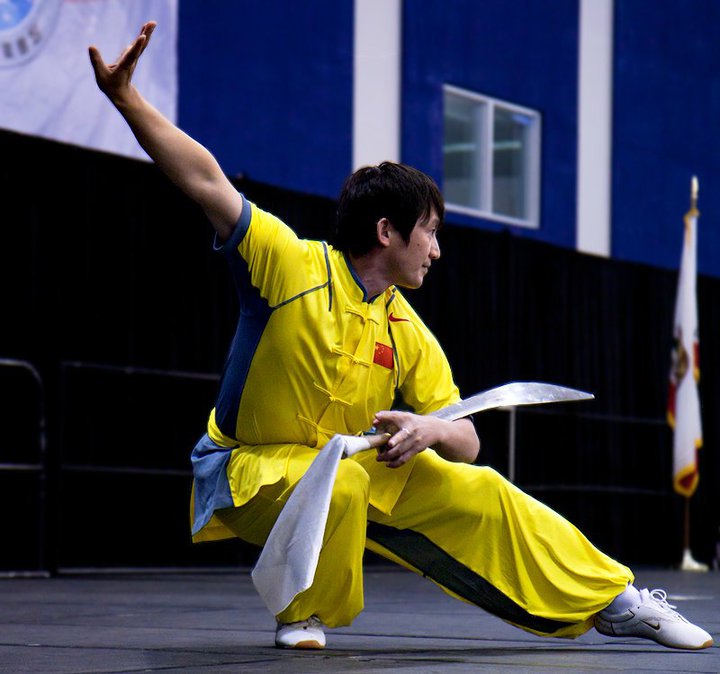In downtown Dakar, the capital of Senegal, the Museum of Black Civilizations stands tall, its central hall dominated by a striking iron sculpture of a baobab tree, with metallic branches stretching outward like veins of culture and history.
Beneath the museum’s towering rotunda, staff spent days preparing a special exhibition for children, marking International Museum Day on May 18.
“This year’s theme centers on children,” said Mohamed Abdallah Ly, the museum’s director. “Children and their families are welcome to visit the museum free of charge, and we have organized a series of cultural activities to help them learn about and connect with their own heritage in a joyful way.”
As a flagship project of China-Africa cultural cooperation, the museum, built with Chinese assistance and inaugurated in December 2018, has emerged as a cultural landmark not only in Senegal but across Africa. It plays a vital role in preserving heritage, advancing academic research, hosting exhibitions, and promoting public education.
Upon stepping inside, visitors are instantly drawn into a distinctly African narrative. The museum’s exhibits include themes like “The Cradle of Humanity,” “Caravans and Canoes,” and “Africa Today.”
Spanning prehistoric rock art, traditional crafts, colonial relics, and contemporary installations, the displays showcase the African continent and its diasporas in the Caribbean and Latin America, tracing the deep roots and vibrant expressions of African civilization.
“My favorite part is the mask gallery. It tells stories about our ancestors and spirits,” said Mamadou Diouf, a delighted seven-year-old visitor. His father added that Mamadou has always shown a keen interest in Senegalese culture. “This museum gives him the chance to see in real life what he used to only read about in books.”
Among the most captivating artifacts is the 19th-century sword of Omar Tall, a West African Muslim leader. Seized by French colonial forces, the historic artifact was kept for decades in the Army Museum in Paris before being returned.
Amid growing demand across Africa for the restitution of cultural artifacts looted during colonial rule, the sword was brought back to Senegal in 2019 under a loan arrangement. It now rests quietly in the museum as a powerful symbol of national memory and the restitution movement.
In 2018, France proposed rebuilding cultural ties with African nations grounded in their shared history, with Senegal among the first to formally request the return of looted artifacts.
The Museum of Black Civilizations has since expressed its readiness to serve as a platform for receiving and exhibiting returned objects, with plans to create a dedicated section that tells the stories of these artifacts and deepens public understanding of their historical and contemporary significance.
Today, the museum is becoming increasingly important in shaping African cultural identity and advancing the restitution agenda.
“We are committed to retelling the story of African civilization from our own perspective,” said Ly. “Through regular exhibitions and scholarly events, we aim to challenge Eurocentric narratives. This museum is not just for Senegal; it carries the cultural dignity and pride of the entire African continent and the global Black community.”
At the same time, the museum stands as a symbol of China-Africa cultural partnership. Beyond construction, China continues to provide support in facility maintenance, staff training, and more.
“This is a long-term and meaningful model of cooperation,” Ly noted. “We hope to deepen our collaboration with China in areas such as exhibition digitization, artifact preservation, and knowledge exchange.” Enditem
Source: Xinhua
Share Us



